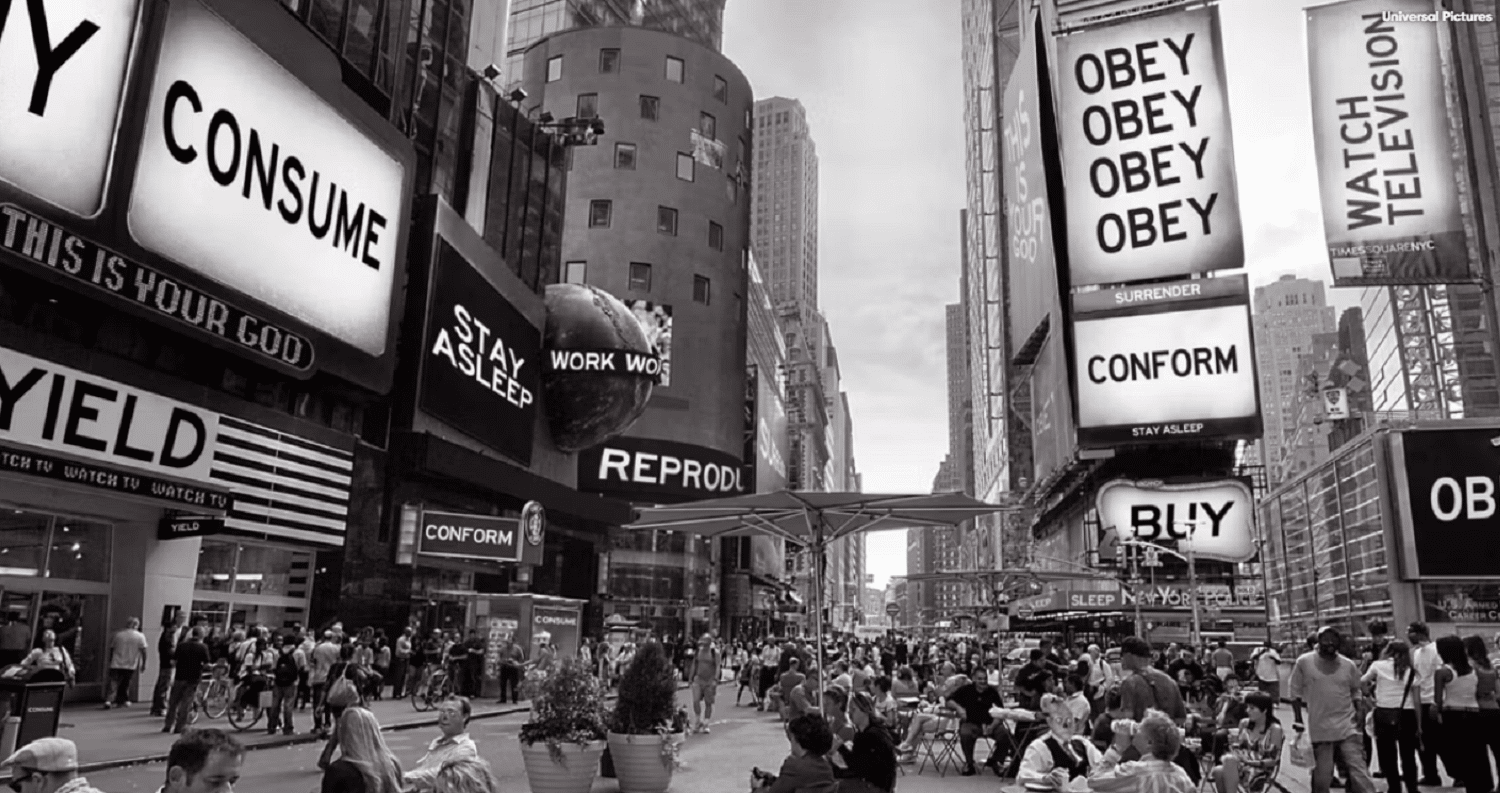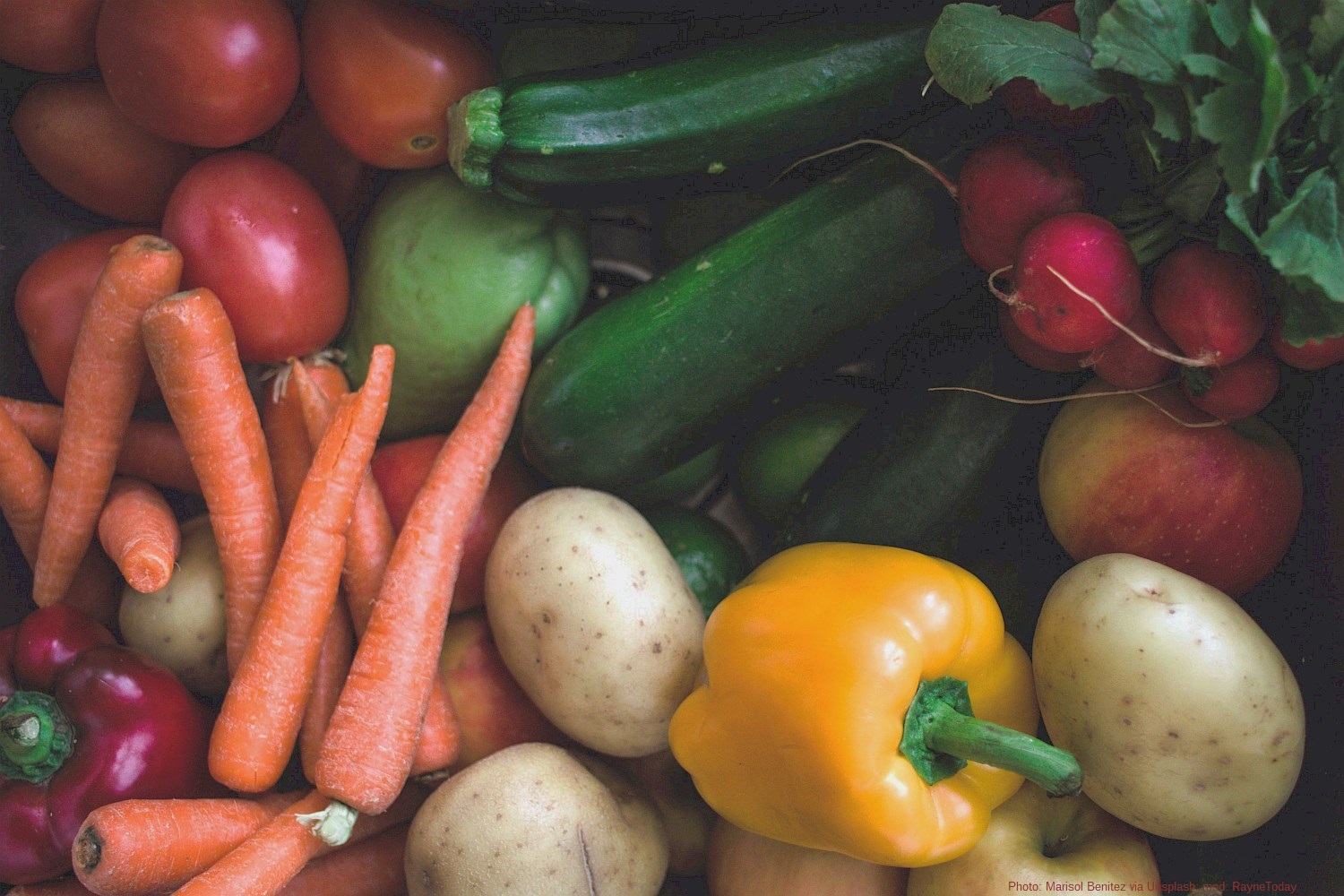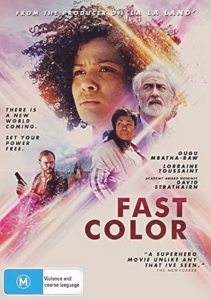Breathing Room: They Live On
[NB: check the byline, thanks. /~Rayne]
It’s blustery and bitterly cold here today after the two-day snow we had in Michigan – perfect weather for queueing up an old film.
Perfect political weather, too, for a movie I have long adored and have wanted to re-watch.
I can’t recall what kept me away at the time but I missed the anniversary celebration this past autumn of an important John Carpenter film.
Halloween, you’re probably thinking. Nope, never seen it, not about to break down now and watch it. Not my kind of horror film.
What I missed seeing re-screened in the theater was They Live which first released 35 years ago November 1988.
There’s a lot of critical analysis published online about this multi-genre science fiction action horror film which has become a cult classic over time. One of the best pieces of criticism isn’t online but in text by Jonathan Lethem, They Live: A Novel Approach to Cinema (Deep Focus).
“But it’s a cheesy B-movie with a wrestler as lead, what the heck gives?” you may be thinking.
Yes, I admit, it’s not The Unbearable Lightness of Being, or The Accused, or even Die Hard, all of which also released the same year. But They Live had something important to say which transcended its time.
Contrast and compare to Die Hard, about which more people spend time arguing if it’s a Christmas movie or not, versus They Live’s anti-capitalist message.
This one image encapsulates the challenge main character Nada (played by Roddy Piper) is up against as he tries to wake his fellow humans:
If fascism is defined as government of, by, and for business, these messages – WORK, WATCH TELEVISION, SURRENDER, BUY, THIS IS YOUR GOD, REPRODUCE, CONFORM, YIELD, STAY ASLEEP, CONSUME, and above all, OBEY — aren’t just capitalist.
They’re fascist.
They Live is a profoundly anti-fascist film which relied on common men – a nobody drifter named Nothing in Spanish, a Black blue-collar co-worker, and a neighborhood preacher – take on forces which have subsumed humanity into a form of unwaking slavery in which dominant authority figures are not human.
There have been plenty of negative critiques about They Live, claiming Carpenter didn’t go far and deep enough with his topic, that his approach was too shallow and populist, inconsistent.
Not to mention the 5-1/2 minute long fight scene between Nada (Piper) and his co-worker Frank Armitage (Keith David). Too long, too violent, too crude, not relevant, you name it — there was some criticism about it.
And yet that fight scene still garners intense conversation decades later having stood out as punctuation in the film. Two of the proletariat fight each other, one intent on trying to save the other from the sleep walking state of submission. Is this what it will take to persuade those who’ve been brainwashed from their anti-woke Qanon’d MAGAted possession, a virtual emotional and psychic slugfest to get them to wake up and smell the fascist coffee?
Or does Carpenter tell us we’ll need to get our hands dirty, talk with the possessed where they live in Red America?
You can stream They Live now on STARZ, Apple TV, Amazon Prime, Google Play, YouTube, Vudu, and more. I should have bought a copy of this film a long time ago for my library.
What about you? What are you going to watch this snowy Sunday, or tomorrow on the federal holiday observing MLK Jr. Day?
Share in comments. Treat this as an open thread.







